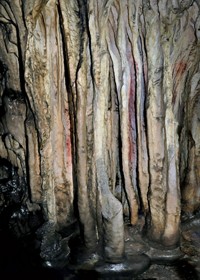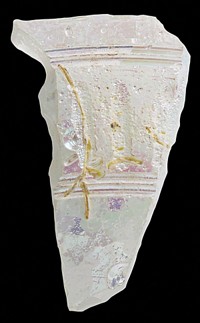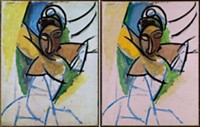Advertisement
Grab your lab coat. Let's get started
Welcome!
Welcome!
Create an account below to get 6 C&EN articles per month, receive newsletters and more - all free.
It seems this is your first time logging in online. Please enter the following information to continue.
As an ACS member you automatically get access to this site. All we need is few more details to create your reading experience.
Not you? Sign in with a different account.
Not you? Sign in with a different account.
ERROR 1
ERROR 1
ERROR 2
ERROR 2
ERROR 2
ERROR 2
ERROR 2
Password and Confirm password must match.
If you have an ACS member number, please enter it here so we can link this account to your membership. (optional)
ERROR 2
ACS values your privacy. By submitting your information, you are gaining access to C&EN and subscribing to our weekly newsletter. We use the information you provide to make your reading experience better, and we will never sell your data to third party members.
Analytical Chemistry
Ancient Roman scribes used metallic ink centuries earlier than expected
Technique reveals use of lead ink instead of carbon soot in papyri buried by Vesuvius’s eruption in A.D. 79
by Sarah Everts
March 28, 2016
| A version of this story appeared in
Volume 94, Issue 13
Scribes in ancient Rome were using lead ink four centuries earlier than previously thought, according to an analysis of papyri from Herculaneum, a city destroyed, like Pompeii, by the eruption of Mount Vesuvius in A.D. 79. A team of scientists led by Vito Mocella of Italy’s National Research Council for Microelectronics & Microsystems in Naples used micro X-ray fluorescence and diffraction to identify lead in the ink on two documents buried in the eruption (Proc. Natl. Acad. Sci. USA, 2016, DOI: 10.1073/pnas.1519958113). Researchers previously placed the adoption of metallic inks in the A.D. 5th century and believed carbon-based soot ink was the go-to writing medium before that time. This adjustment to the onset of metallic ink use is important because it could improve the interpretation of archaeological artifacts. For example, when archaeologists have found metal residues in pots buried by Vesuvius’s A.D. 79 ash, they’ve assumed the pot held cosmetics but not ink, the authors note. In addition, the team also discovered that a silicon mineral called cristobalite, which forms natural regular lines in the papyrus plant, was used by scribes to keep their writing straight and evenly spaced.





Join the conversation
Contact the reporter
Submit a Letter to the Editor for publication
Engage with us on Twitter